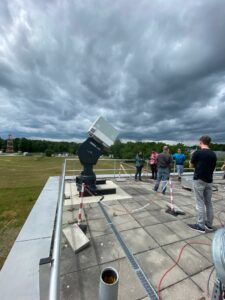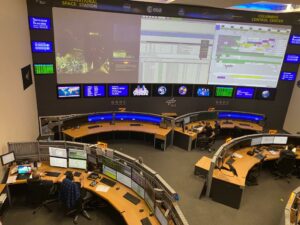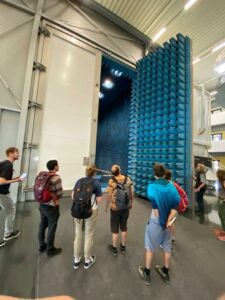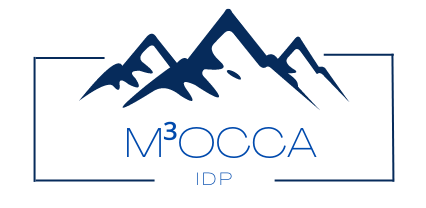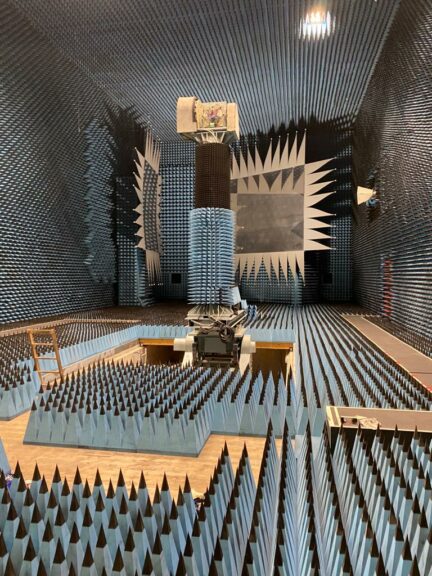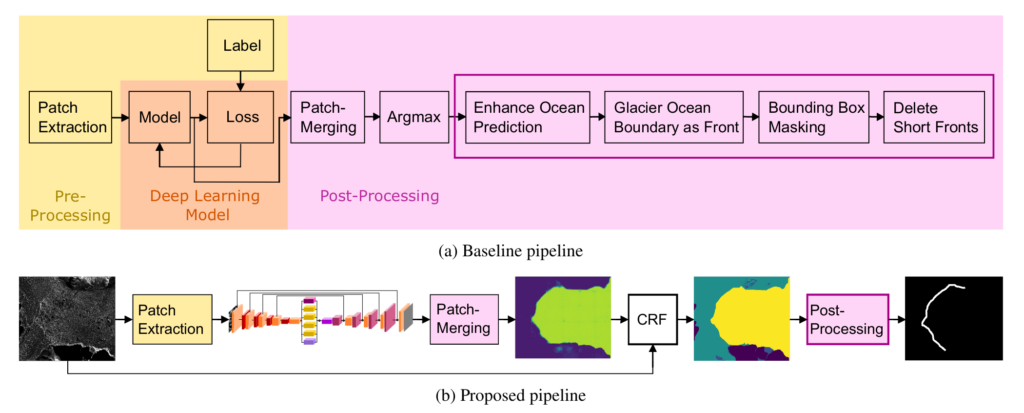M3OCCA PhD candidates visited DLR in Oberpfaffenhofen
Members of the M3OCCA project visited the facilities of DLR in Oberpfaffenhofen on the 5th. July 2023.
During the visit, the project partners and M3OCCA members gave an overview of the activities at DLR including a guided tour of the Techlab.
Impressive was in particular the visit of the German Space Operations Centre (GSOC), where different space missions and the Columbus Module of the International Space Station are monitored and controlled.
